Expansion of End-Use Industries
The Acrylic Polymer Emulsion Market is poised for growth due to the expansion of various end-use industries, including textiles, paper, and packaging. These sectors are increasingly adopting acrylic emulsions for their superior binding properties and versatility. For instance, in the textile industry, acrylic emulsions are used in finishes and coatings that enhance fabric performance and durability. Market data suggests that the textile coatings segment is expected to grow at a rate of 5% annually, driven by rising consumer demand for high-quality textiles. Similarly, the packaging industry is leveraging acrylic emulsions for their excellent adhesion and barrier properties. As these end-use industries continue to expand, the demand for acrylic polymer emulsions is likely to increase, presenting opportunities for manufacturers to innovate and diversify their product offerings.
Rising Demand in Construction Sector
The Acrylic Polymer Emulsion Market is experiencing a notable surge in demand, particularly driven by the construction sector. As urbanization accelerates, the need for durable and high-performance building materials becomes paramount. Acrylic polymer emulsions are increasingly utilized in paints, coatings, and adhesives, which are essential for modern construction projects. According to recent data, the construction industry is projected to grow at a compound annual growth rate of approximately 5% over the next few years. This growth is likely to bolster the demand for acrylic polymer emulsions, as they offer superior adhesion, flexibility, and weather resistance. Consequently, manufacturers are focusing on developing innovative formulations to meet the evolving needs of the construction sector, thereby enhancing their market presence.
Increased Focus on Eco-Friendly Products
The Acrylic Polymer Emulsion Market is witnessing a shift towards eco-friendly and sustainable products. As environmental concerns gain prominence, consumers and manufacturers alike are prioritizing the use of low-VOC and non-toxic materials. Acrylic polymer emulsions, known for their water-based formulations, align well with this trend, offering a safer alternative to traditional solvent-based products. Market data indicates that the demand for eco-friendly coatings is expected to rise significantly, with projections suggesting a growth rate of around 7% annually. This increasing preference for sustainable solutions is likely to drive innovation within the acrylic polymer emulsion sector, as companies strive to develop products that meet stringent environmental regulations while maintaining performance standards.
Technological Innovations in Product Development
The Acrylic Polymer Emulsion Market is benefiting from ongoing technological advancements that enhance product performance and application versatility. Innovations in polymer chemistry and formulation techniques are enabling manufacturers to create emulsions with improved properties, such as enhanced durability, adhesion, and resistance to environmental factors. Recent developments have led to the introduction of specialty emulsions tailored for specific applications, including high-performance coatings and adhesives. This trend is supported by market data indicating that the specialty coatings segment is expected to grow at a rate of 6% over the next few years. As technology continues to evolve, the acrylic polymer emulsion market is likely to see an influx of new products that cater to diverse industry needs.
Growth in Automotive and Transportation Applications
The Acrylic Polymer Emulsion Market is also experiencing growth due to its increasing applications in the automotive and transportation sectors. Acrylic emulsions are utilized in various automotive coatings, sealants, and adhesives, providing essential properties such as flexibility, durability, and resistance to chemicals. With the automotive industry projected to expand at a compound annual growth rate of approximately 4% in the coming years, the demand for acrylic polymer emulsions is expected to rise correspondingly. This growth is further fueled by the trend towards lightweight materials and environmentally friendly coatings, which are becoming increasingly important in vehicle manufacturing. As a result, manufacturers are likely to invest in research and development to create innovative acrylic emulsion products tailored for automotive applications.
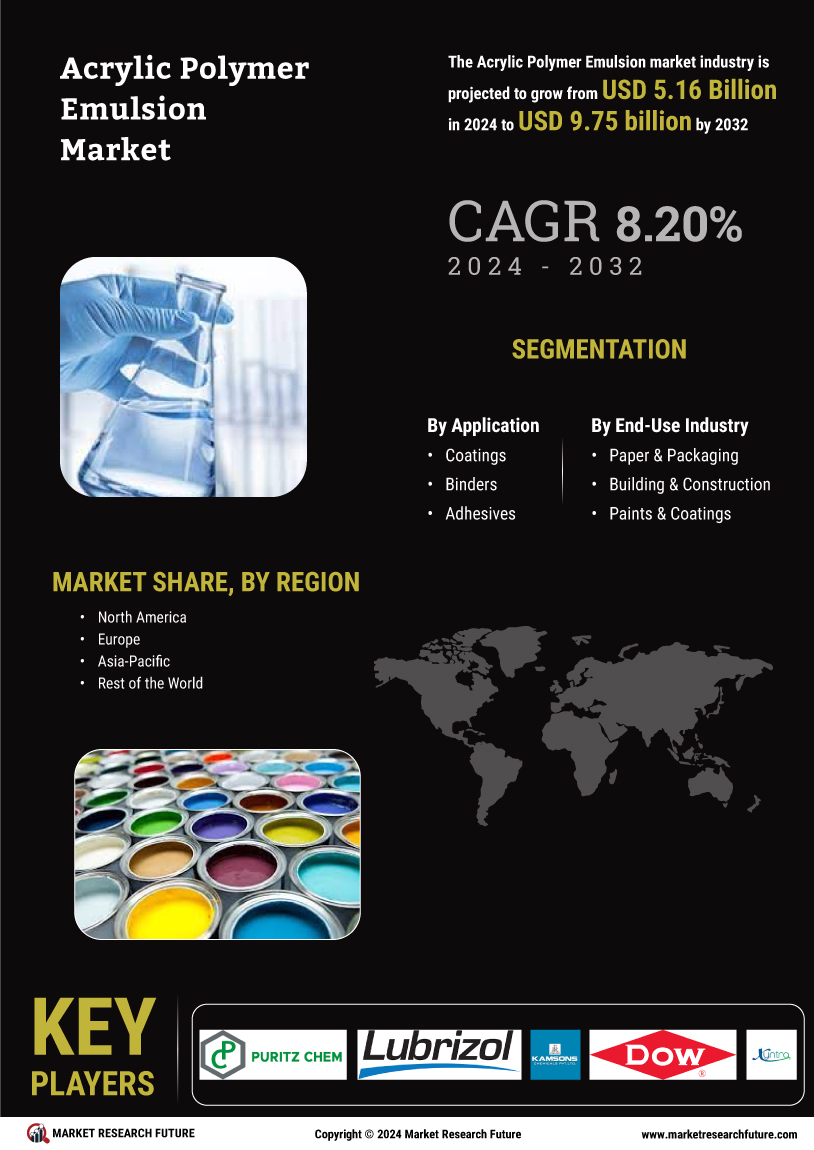

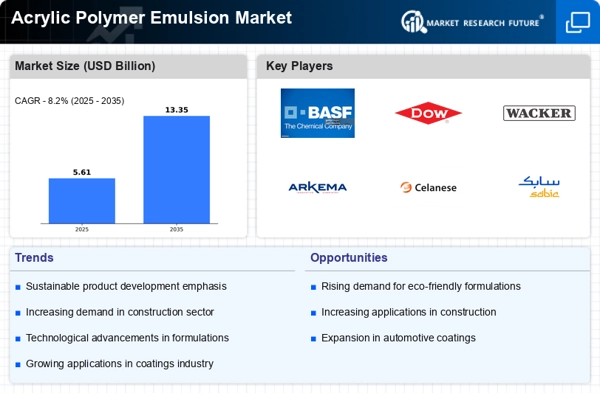
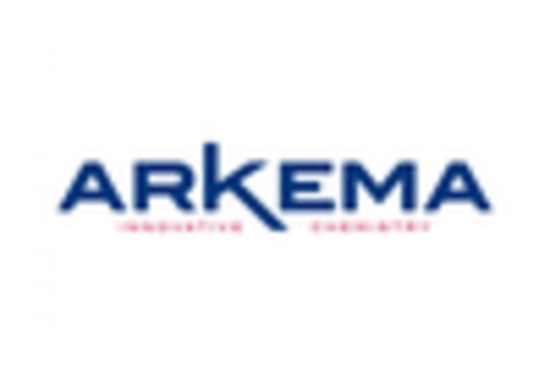

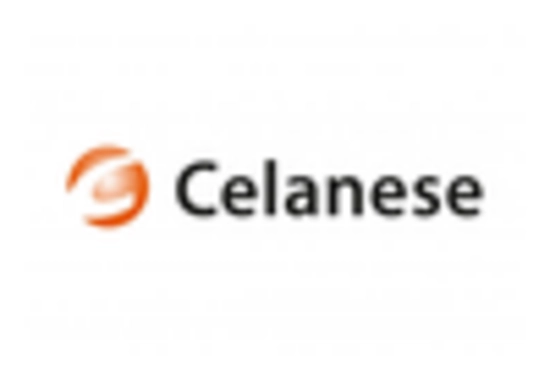


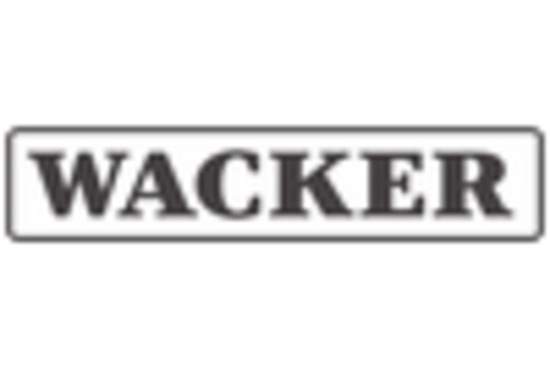








Leave a Comment